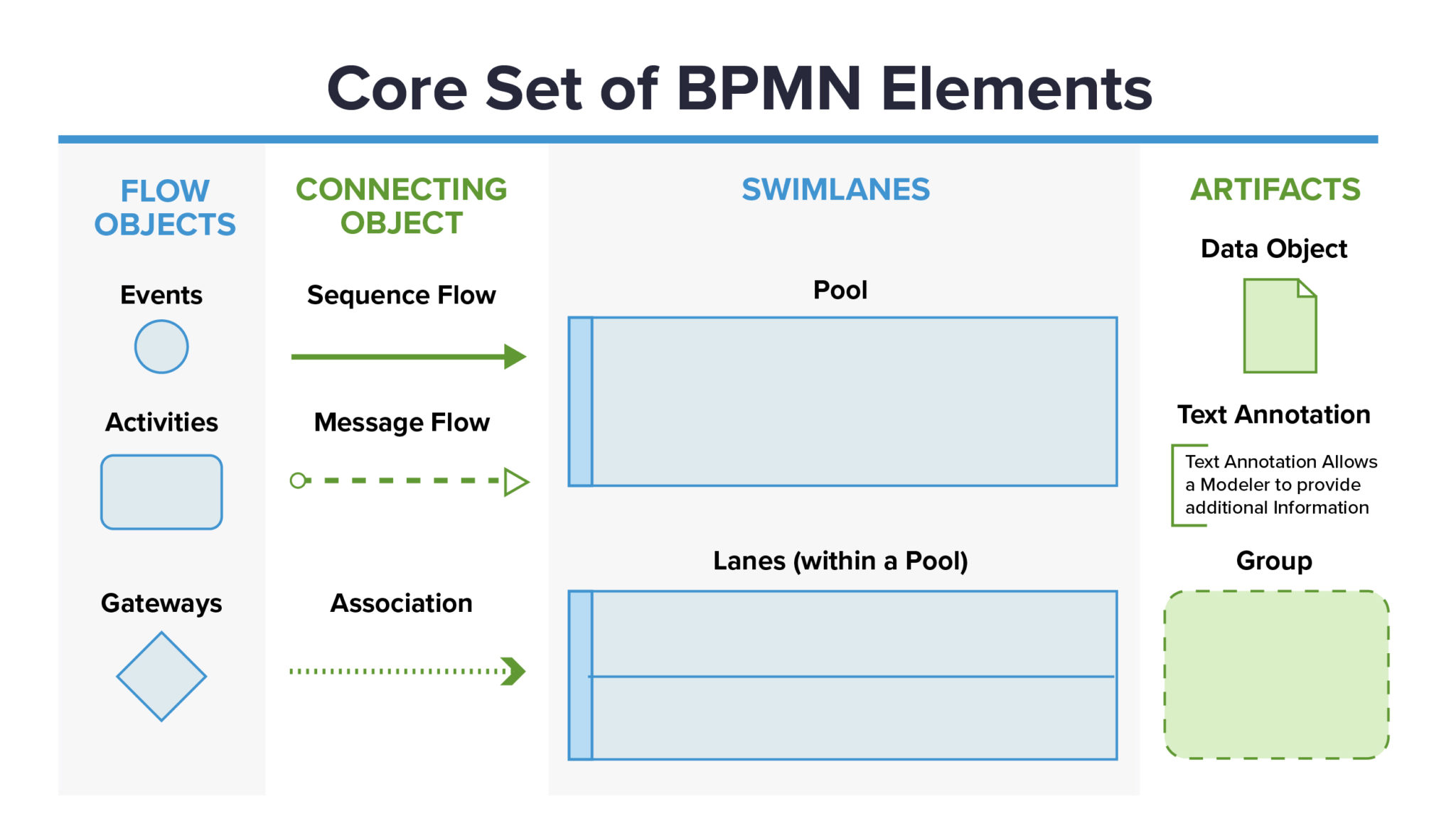

Accenture used BMPN to improve the targeted delivery of their key services.BPMN maps out processes to help meet a number of strategic goals. Today, a wide range of well-known organizations rely on BPMN, including the Federal Ministry of Finance, T-Systems Multimedia Solutions, Energie Südbayern and 1&1 Internet Inc. Use Cases for Business Process Modeling Notation Abilities to build XML systems that transform models, helping provide decision-support data for managers and analysts.Program openings to incorporate choreography and orchestrations, either integrated or stand-alone.Options allowing you to show different perspectives on a single model.Features that line up BPMN with the business-process definition model (BPDM).A single standard of models and diagrams that remain consistent no matter which software tool you use.In January of 2011, BPMN 2.0 received approval for release with the latest specifications of the BPMN standard. They also changed the name to business process modeling and notation, but continue to use the BPMN acronym. OMG has continuously worked to refine the standard and released BPMN 2.0 in 2011.

The original creators of BPMN 1.0 merged with the Object Management Group (OMG) in 2005.

It solved a common problem across many industries and quickly outgrew its humble beginnings, becoming the full-fledged system that's in use around the globe today. Their resulting standard, BPMN 1.0, was published in 2004. Thus, the Business Process Management Initiative came into being. Development of this notation standard started in the year 2000 when a group of e-businesses came together around a common problem: business processes had grown increasingly complex and documenting them had become more and more of a challenge.


 0 kommentar(er)
0 kommentar(er)
